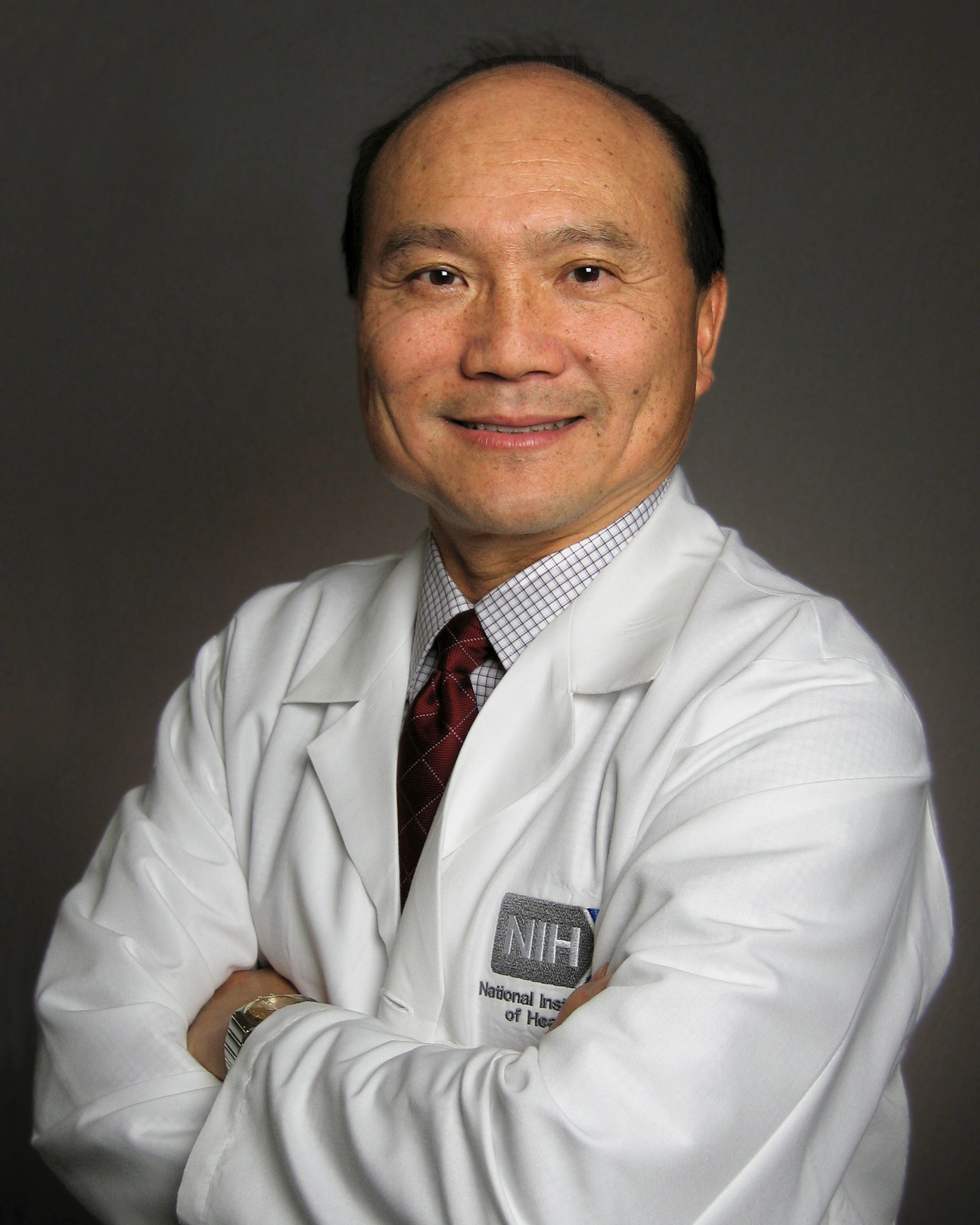Controlled Human Infection Model for HCV Vaccine Trials: Has the time come?
Description
Despite the development of remarkably effective direct-acting antivirals, with the ongoing opioid epidemic and continued unsafe medical practices globally, new hepatitis C virus (HCV) infections continue to outpace cures, limiting progress towards HCV elimination. Vaccines have proven to be the most effective public health interventions to prevent infectious disease transmission. However, HCV vaccine development has proven extremely challenging. In addition to the difficulty of developing a vaccine that covers the enormous diversity of HCV, there are major challenges in evaluating an HCV vaccine candidate. Since 2011, there has been a near-complete moratorium on research using chimpanzees, the only reliable animal model of HCV infection, meaning that HCV vaccine trials must be performed in humans at risk for infection. The first randomized controlled trial of an HCV vaccine was reported in 2021. After a 6-year trial, involving 550 participants, primarily people who inject drugs, chronic HCV infection developed in equal numbers of those who received the vaccine as in those who were given the placebo. Although the vaccine was shown to be immunogenic and vaccinated participants had lower peak HCV RNA levels, the lack of any objective protection after this enormous and costly effort, was disappointing. Repeating such a trial for every potential HCV vaccine candidate would be impractical and if required, may mean that a vaccine will never be developed. An alternative approach would be to evaluate new vaccine candidates in a Controlled Human Infection Model (CHIM) of HCV infection with the intent to take only those with promising efficacy and safety data on to Phase 2/3 studies. In such a model, healthy volunteers would be intentionally inoculated with HCV after receiving a vaccine candidate or placebo, and would be followed carefully to assess for viral clearance, with the plan to introduce HCV antivirals in those who did not spontaneously clear infection.


